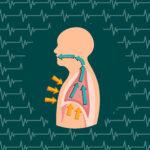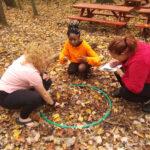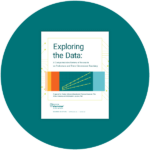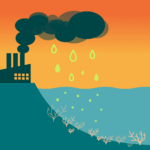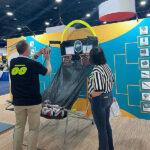
Sharing ideas and inspiration for engagement, inclusion, and excellence in STEM
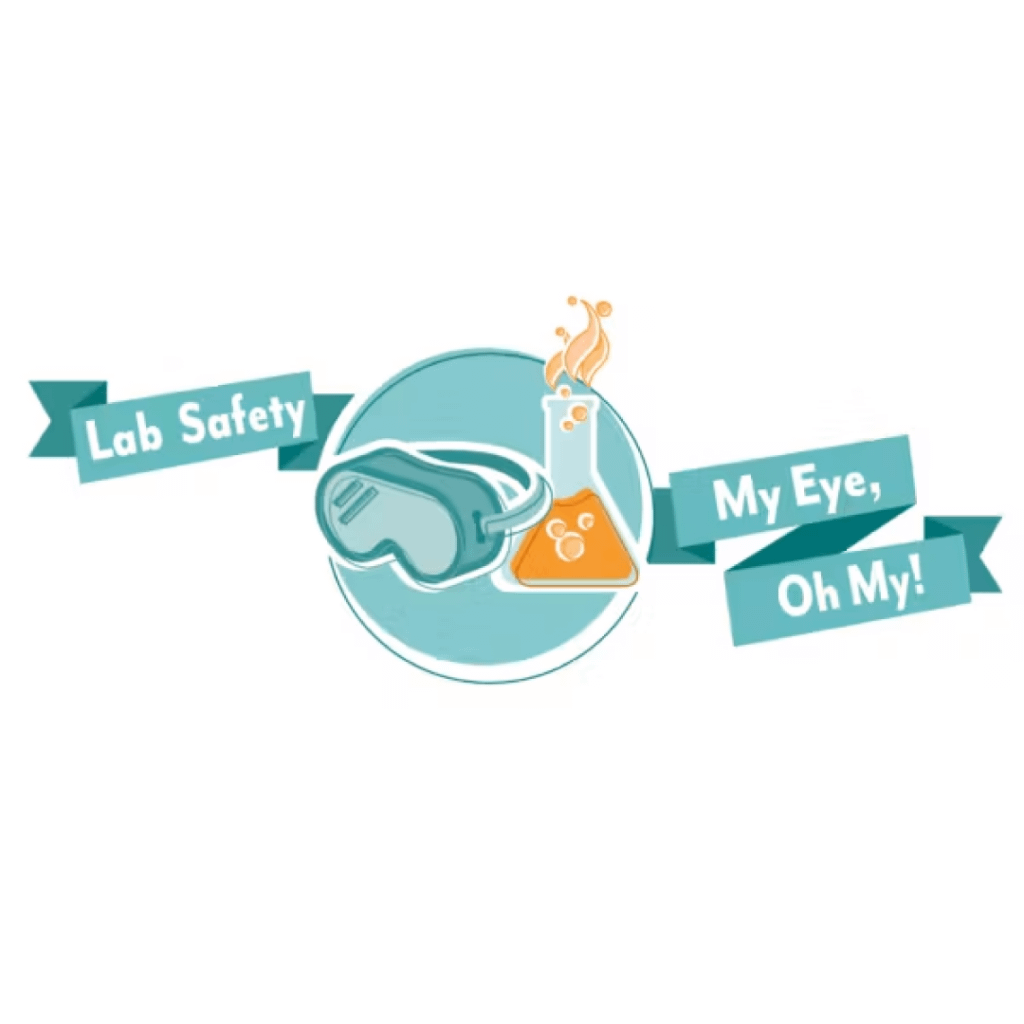
It is imperative that students are taught about lab safety at the beginning of each school year. When it comes to safety, I want to go beyond just guidance and provide something that really sticks with students.
In addition to going over the important guidelines and procedures they need to follow, I created an inquiry-based investigation to help my 10th and 11th grade chemistry students really understand the importance of accident prevention and safe experimentation. This lab also teaches about experimental design and the scientific method, which is a good beginning-of-the-year refresher.
Teach Eye Safety with a Hands-On Investigation
In “What Happened to My Eye? Oh My!” students learn specifically about eye safety. During the hands-on experiment, students write a scientific question involving the use of an egg white to model the human eye and pick one independent variable to change to see how it will affect the “eye.” These variables can include the type of chemical, the chemical exposure time on the substance, the concentration of the chemical, or the amount of chemical used.
Students complete pre-lab research on acids and proteins, as well as complete an experimental design chart on their specific investigation before they begin testing. During the actual experimentation, I make sure that students limit the amount of chemical used in any given trial to five drops to ensure a safe lab environment and to keep everything on a micro level.
Engage in Class Discussion
During the experiment, students photograph their procedures and results, document all of their quantitative and qualitative data, and engage in class discussion focused on lab safety and their individual investigations. Discussion questions include “How long should you rinse your eyes if you get chemicals in them?” and “What is the best way to prevent damage to the eyes?” as well as questions about the strengths and weaknesses of their scientific model, modifications they would make to future experiments, and more.
Introduce Data-Collection Technology
During the post-lab, I introduce my students to data-collection technology and the Go Direct® SpectroVis® Plus Spectrophotometer, a device that is used in numerous experiments throughout the year. I use the spectrophotometer to demonstrate the possible damage to an eye using the egg whites and H2SO4. This teaches students about spectroscopy and shows them how to use data-collection technology to capture results that they may not otherwise be able to collect.
When I introduce the spectrophotometer to my students, they initially see only a black box, but when they start using it, they see just how powerful it is. They are able to collect a full wavelength spectrum, determine concentrations, or monitor reactions. My students are so fascinated by how quickly the spectrophotometer can collect data and how versatile and intuitive it is for them to use.
Set Students Up for Success for the School Year
By designing their own experiment to see what happens to the eye when it comes into contact with chemical substances, my students learn about many things—chemistry and biology concepts, scientific modeling, how to safely perform experiments, and new technology that they will be using throughout the year. They also better understand variables, the scientific method, and the difference between qualitative and quantitative data.
For other educators looking to teach about lab safety, I have found that using a hands-on, inquiry-based investigation, such as the one I use with my own students, successfully reinforces safe lab procedures and engages students in the learning process.
Download What Happened to My Eye? Oh My! experiment
Doug Balmer
Warwick High School
Lititz, PA
Doug Balmer teaches honors, AP, and college-prep chemistry at Warwick High School in Lititz, PA. Balmer, who has been an educator for more than 14 years, has won numerous grants and awards for his innovative teaching.
Share this Article
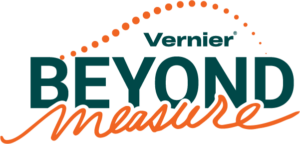
Sign up for our newsletter
Stay in the loop! Beyond Measure delivers monthly updates on the latest news, ideas, and STEM resources from Vernier.

